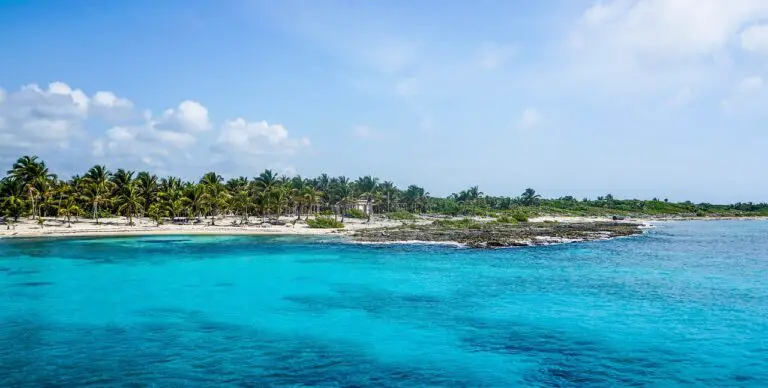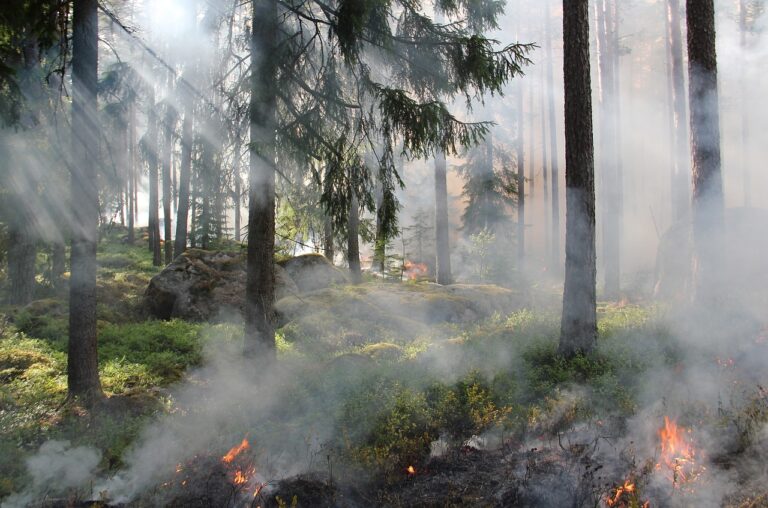Unexpected Sargassum in 2025: Which Beloved Beach Destination is Under Siege?
The popular island of Cozumel near Cancun is grappling with an unwanted early guest to its shores- Sargassum seaweed.
This early arrival has stirred up concern among locals and tourists alike, hinting at a potentially tricky season ahead for the island’s tourism and ecological harmony.
What Is Sargassum?
Sargassum is a type of brown seaweed that floats in large masses in the ocean. It originates from the Sargasso Sea, a region in the Atlantic Ocean, bounded not by landmasses but by ocean currents.
This seaweed is notable for its buoyancy, which is due to air-filled structures known as pneumatocysts that allow it to float and drift with the currents.
Sargassum’s Journey to the Mexican Caribbean
While the Sargasso Sea serves as the starting point, sargassum makes its way to the shores of the Mexican Caribbean, including Cozumel, through complex ocean currents.
These masses of seaweed travel thousands of miles, eventually washing up on the beaches of Mexico, Belize, and other parts of the Caribbean. The presence of sargassum in these regions has become more prominent in recent years, attributed to factors such as ocean temperature rise and changes in sea currents.
How Much Sargassum Does Cozumel Get?
The amount of sargassum that Cozumel receives can vary greatly from year to year. Some years witness minimal influxes, while others, like 2024, see significant arrivals that challenge the island’s resources and resilience.
The variability in Cozumel sargassum 2024 volumes makes it a somewhat unpredictable element, complicating efforts to prepare and respond.
Sargassum Season in Mexico
In Mexico, the sargassum season typically spans from April to August, with the bulk of seaweed arrivals occurring during these warmer months.
However, early arrivals, such as the one experienced in Cozumel in 2024, indicate that the Mexico sargassum 2024 season can start sooner and extend the period during which beaches and marine ecosystems are affected.
Impact on Cozumel and Response Efforts
Cozumel’s encounter with sargassum is not just a matter of aesthetics; it affects marine life, local businesses, and the overall visitor experience.
The community’s proactive approach, from organized clean-ups to research into sustainable management practices, showcases Cozumel’s determination to tackle this issue head-on.
Insights from Recent Sargassum Research
This groundbreaking study delves into the phenomenon of pelagic Sargassum incursions, offering crucial insights into the seasonal influxes that have puzzled scientists and affected coastal communities across the Caribbean and Gulf of Mexico. The research highlights the complex interplay of oceanic currents, wind patterns, and climate change, which contribute to the unpredictable nature of Sargassum arrivals. Click here to read full study.
As we navigate the challenges posed by Sargassum Cozumel 2024 and other affected areas in the Mexican Caribbean , the focus remains on balancing tourism, environmental health, and community well-being. You can also avoid Cozumel in sargassum season and hit these sargassum free beaches in Mexico instead.
With ongoing efforts and increased awareness, these destinations are striving to mitigate the impact of Cozumel seaweed 2024 and preserve the beauty and vibrancy of the Caribbean for future generations.




![[Exclusive] FREE Tours & Attractions in Cancun, Mexico for Those who Vote!](https://cancuntravelblog.com/wp-content/uploads/2024/06/travel-6493621_1280-768x514.jpg)

